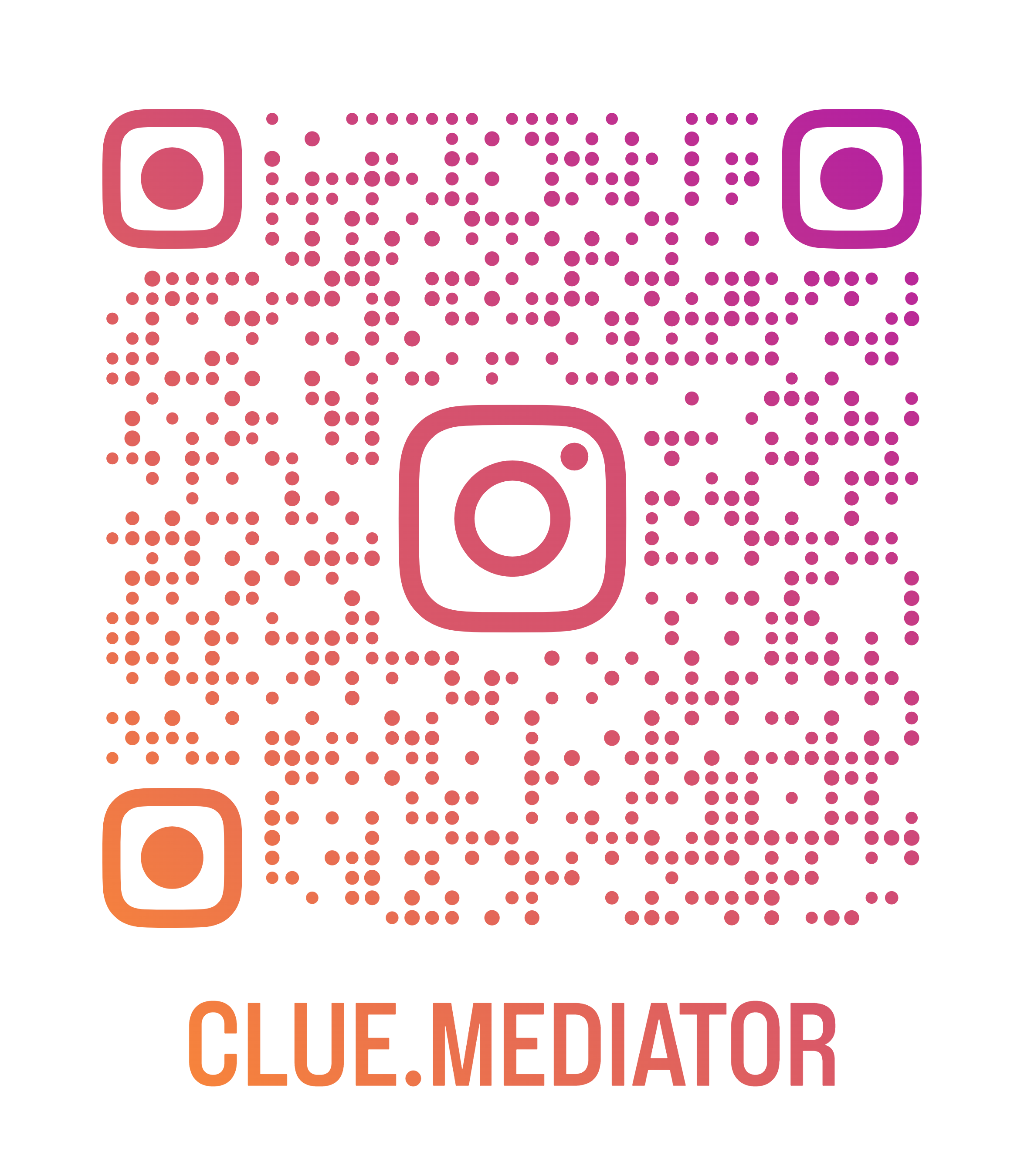Exploring Form Events in JavaScript
Forms are a core part of web applications. They allow users to input data, and JavaScript makes it easy to manage form interactions through form events.
In this post, we’ll explore essential form events like blur, change, focus, reset, select, and onsubmit. These events are key to validating inputs, guiding users, and ensuring smooth data submission.
Essential Form Events in JavaScript
- blur
- change
- focus
- reset
- select
- onsubmit
1. blur
The blur event triggers when an element loses focus.
Example:
const input = document.querySelector('#username');
input.addEventListener('blur', () => {
console.log('Input field lost focus');
});
Use Case:
- Validate input fields when the user clicks away.
2. change
The change event fires when the value of an input, select, or textarea changes.
Example:
const dropdown = document.querySelector('#options');
dropdown.addEventListener('change', (event) => {
console.log(`Selected value: ${event.target.value}`);
});
Use Case:
- Track user selections or changes in form inputs.
3. focus
The focus event is triggered when an element gains focus.
Example:
const input = document.querySelector('#email');
input.addEventListener('focus', () => {
console.log('Input field is focused');
});
Use Case:
- Highlight active input fields or show helpful tips.
4. reset
The reset event fires when a form is reset.
Example:
const form = document.querySelector('#myForm');
form.addEventListener('reset', () => {
console.log('Form has been reset');
});
Use Case:
- Clear any additional form states or messages when the user resets the form.
5. select
The select event triggers when text is selected in a text input or textarea.
Example:
const textarea = document.querySelector('#comments');
textarea.addEventListener('select', () => {
console.log('Text selected in the textarea');
});
Use Case:
- Enable copy or highlight actions based on user selections.
6. onsubmit
The onsubmit event is fired when a form is submitted.
Example:
const form = document.querySelector('#contactForm');
form.addEventListener('submit', (event) => {
event.preventDefault();
console.log('Form submitted!');
});
Use Case:
- Validate form data or send it to a server without refreshing the page.
Real-World Applications of Form Events
Validating Inputs with blur
const emailInput = document.querySelector('#email');
emailInput.addEventListener('blur', () => {
if (!emailInput.value.includes('@')) {
console.log('Invalid email address');
}
});
Dynamically Updating Selections with change
const countryDropdown = document.querySelector('#country');
countryDropdown.addEventListener('change', (event) => {
console.log(`User selected: ${event.target.value}`);
});
Conclusion
Form events are powerful tools for creating smooth and user-friendly experiences. Whether you're validating inputs with blur, managing changes with change, or handling submissions with onsubmit, these events help you build interactive and reliable forms.
"Great user experiences start with well-handled forms!" 😊
